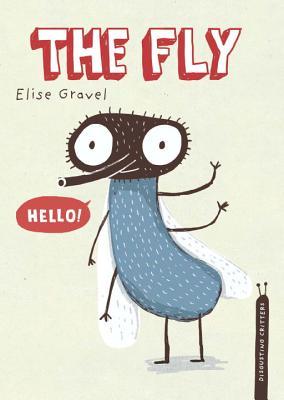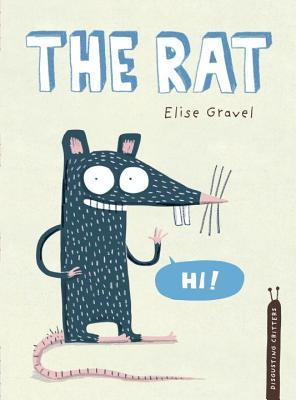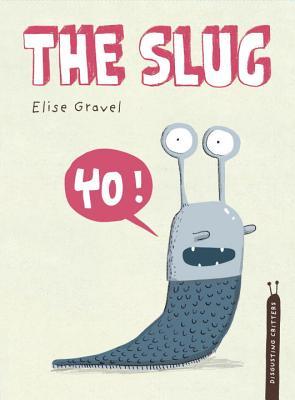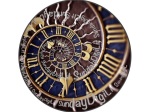There is no rushing the first few weeks of the school year. No matter how much I'd love to be in Week 8 right now with routines set and thoughtful conversations happening every day, I know that you can't rush community building. As hard as it is to establish routines, there is nothing like these first few weeks of school--getting to know students, watching them get to know each other, and listening in on these beginning conversations.
I can never quite pinpoint exactly how things evolve in the classroom--how kids get from where they are at the beginning of the year to where they are at the end of the year. I don't really have a set of lesson plans that helps to build talk early in the year. I don't really believe in those "First 20 Day" planning guides. But I am very intentional about my planning and try to be responsive to each new group of students. Each group comes in with different expectations as learners and I usually take my cue from them on where to do. By May, I am always so amazed by my students' thinking and growth but they are not as comfortable talking and sharing early in the year so I spend a lot of time planning things that give them important messages and experiences about learning.
The thing is, lots of these things don't happen in Reading Workshop. In Read Aloud and in minilessons, we are learning to have conversations around books. But it seems to be that it is the conversations that we are having during other times in the day that also help build the conversations we have as readers. In a self-contained classroom, nothing stands alone. Somehow, conversations in reading are possible because we spend time throughout each day thinking about learning and thinking and talking. The conversations overlap and talk starts to get better each day in the classroom in all areas.
We Learn When We Think Together
We mention in our book the idea of Thinking Partners. A board in the front of our classroom has a heading "Who Are You Thinking With Today?". Below are 2 sets of individual photos of the students in our class. I use this to quickly assign partners for various things when needed. Early in the year we talk about how you learn different things when you think with different people. We've done partner talk in all areas learning how to turn and talk, sit "knee-to-knee, eye-to-eye", keep a conversation going for a short amount of time, etc.
I can never quite pinpoint exactly how things evolve in the classroom--how kids get from where they are at the beginning of the year to where they are at the end of the year. I don't really have a set of lesson plans that helps to build talk early in the year. I don't really believe in those "First 20 Day" planning guides. But I am very intentional about my planning and try to be responsive to each new group of students. Each group comes in with different expectations as learners and I usually take my cue from them on where to do. By May, I am always so amazed by my students' thinking and growth but they are not as comfortable talking and sharing early in the year so I spend a lot of time planning things that give them important messages and experiences about learning.
The thing is, lots of these things don't happen in Reading Workshop. In Read Aloud and in minilessons, we are learning to have conversations around books. But it seems to be that it is the conversations that we are having during other times in the day that also help build the conversations we have as readers. In a self-contained classroom, nothing stands alone. Somehow, conversations in reading are possible because we spend time throughout each day thinking about learning and thinking and talking. The conversations overlap and talk starts to get better each day in the classroom in all areas.
Learning Happens Everywhere and in Many Different Ways
For the last few years, we've watched Caine's Arcade on the first day of school to talk about Caine as a learner. I want my kids to know that learning happens in lots of ways and that lots of learning will happen in and out of school. I want them to know that the kind of learning Caine shares in his story will be valued in our classroom. Some years we've created a chart or had a conversation discussing the ways Caine is a learner or how we know Caine is a learner.We Learn When We Think Together
Thinking and Talking about Our Own Learning (and others' learning) Helps Us Grow
I invite adults in the school to come in and share their lives as readers with us during the first several weeks of school. This helps students learn about others which in turn helps them reflect on their own reading. As they learn about different readers and see connections and differences, they begin to ask questions and learn to talk about reading habits and behaviors in new ways.  |
| Mrs. Phifer, our reading teacher, sharing things about her life as a reader last week in our classroom. |
A Learning Community Gives Feedback to Help Other's Grow
Austin's Butterfly is one of my favorite clips to show early in the year. I think the idea of specific feedback and supporting each other as we all learn and grow is fascinating to students as they watch this clip.Austin's Butterfly: Building Excellence in Student Work from EL Education on Vimeo.
Our Brain Grows
This year, I shared one of Jo Boaler's videos on Youcubed. "Four Boosting Math Messages from Jo and Her Students" invited powerful conversations about the brain, making mistakes, and other myths about learning (math and beyond).We Learn When We Are in the Role of Teacher AND When We Are in the Role of Learner
We talk about being an active participant in a session and this is easy for them to do and understand when they are in both roles. We don't do a typical presentation--instead kids teach at a table to an audience of 3-5 kids several times until all kids rotate through. This keeps kids engaged and gives kids lots of experiences as both a teacher and and audience. We reflect on our roles each day and we also discover what we appreciated about the ways different people taught and learned. This conversation will carry on throughout the year.
We Can Learn from Others Through Technology
I made it a point to share resources from online sources so kids know quickly that we learn from lots of people and technology allows that. (They know this of course, but I want them to know that this will happen lots in our classroom.) I also want them to know that there are people out there who create things to share to TEACH others. (This will be good when they learn to research and it also serves as an invitation to create resources for others online.)We've learned from Ruth Ayres (A Peek Inside My Writer's Notebook), Jess Keating (Write With Jess Keating), Amy Vanderwater (Sharing Our Notebooks) and Mr. Stadel at Estimation 180. The variety of videos, blog posts, activities created for learning all show that there are so many ways to learn from others.
None of these things can stand alone but together they work magic when it comes to evolving messages about what it means to be a learning community.




















